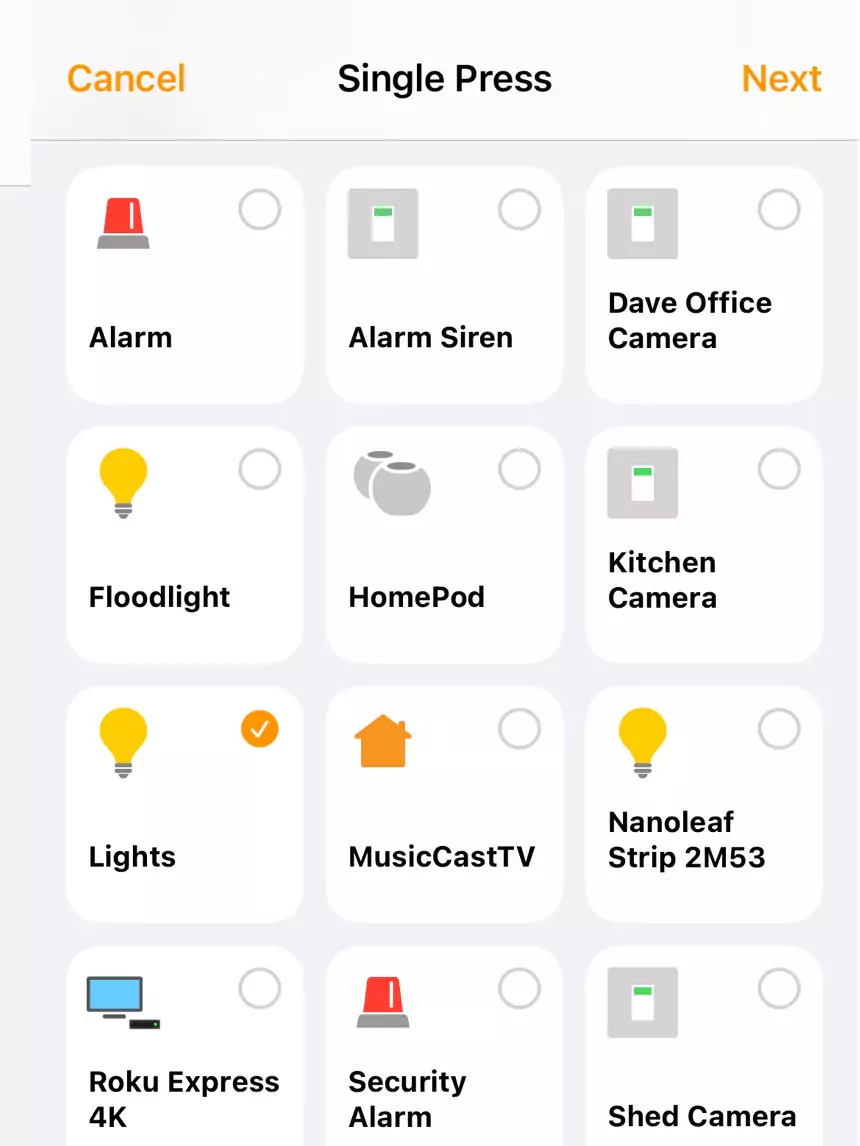Co-Founder Taliferro
Introduction
Home automation has gained immense popularity, and rightfully so. Advancements in technology have simplified the management of various home aspects such as lighting, temperature, security systems, and entertainment setups. Apple HomeKit emerges as a leading platform in this realm, offering a seamless and secure method for controlling smart devices. For those considering the incorporation of Apple HomeKit into their APIs, SaaS products, or in-house projects, numerous strategies exist.
Incorporating HomeKit into APIs
Integrating your API-based service or product with HomeKit can significantly enhance its capabilities, providing users with broader control over their smart devices. Creating a custom HomeKit API facilitates communication with HomeKit-compatible devices like lights, thermostats, and door locks.
The primary advantage of HomeKit integration lies in its standardized, secure user interface. This standardization means users can manage all their HomeKit-compatible devices through a single application, rather than juggling multiple apps. Furthermore, HomeKit’s foundation on Apple's robust communication protocols ensures heightened security and privacy.
To embark on this integration, joining the Apple Developer Program and acquiring HomeKit Accessory Protocol (HAP) certification is necessary. This certification permits the development of a custom HomeKit API for interacting with compatible devices.
Enhancing SaaS Products with HomeKit
SaaS products can benefit greatly from HomeKit integration. It distinguishes your product in the market and provides users with enhanced control over their smart devices. This integration can be achieved by developing a custom HomeKit feature that allows device control directly from your product’s interface.


For instance, if your product is a smart thermostat application, integrating with HomeKit could enable users to adjust their thermostats directly from the Home app on their Apple devices. This integration facilitates the management of thermostats alongside other HomeKit-compatible devices in a unified manner.
Similarly, a home security app could incorporate HomeKit to allow users to manage their security systems directly from the Home app. This integration would provide a convenient way for users to arm or disarm their security setups alongside controlling other HomeKit devices.
Developing In-House Projects with HomeKit
Utilizing HomeKit in in-house projects can significantly improve the control employees have over their smart devices, thereby enhancing the efficiency of their work environment. For example, an in-house HomeKit integration could enable staff to manage office lighting and temperature via their Apple devices.
Such an integration not only eases environment control for employees but could also lead to reduced energy expenditures by ensuring lights and temperature settings are optimized for necessity. The high security and privacy standards of HomeKit also ensure the protection of employee personal information and device data.
Conclusion
Apple HomeKit provides a powerful and secure method for managing smart devices in both domestic and office settings. Whether you’re developing an API-based service, a SaaS product, or an in-house initiative, leveraging HomeKit can expand your product’s functionality and give users enhanced device control. By joining the Apple Developer Program and securing HomeKit Accessory Protocol (HAP) certification, you can develop a custom HomeKit integration, enabling your product to communicate effectively with HomeKit-enabled devices.
This approach not only streamlines device management but also ensures high standards of security and user experience, positioning your product as a versatile and user-friendly option in the ever-evolving world of home automation.
Tyrone Showers
